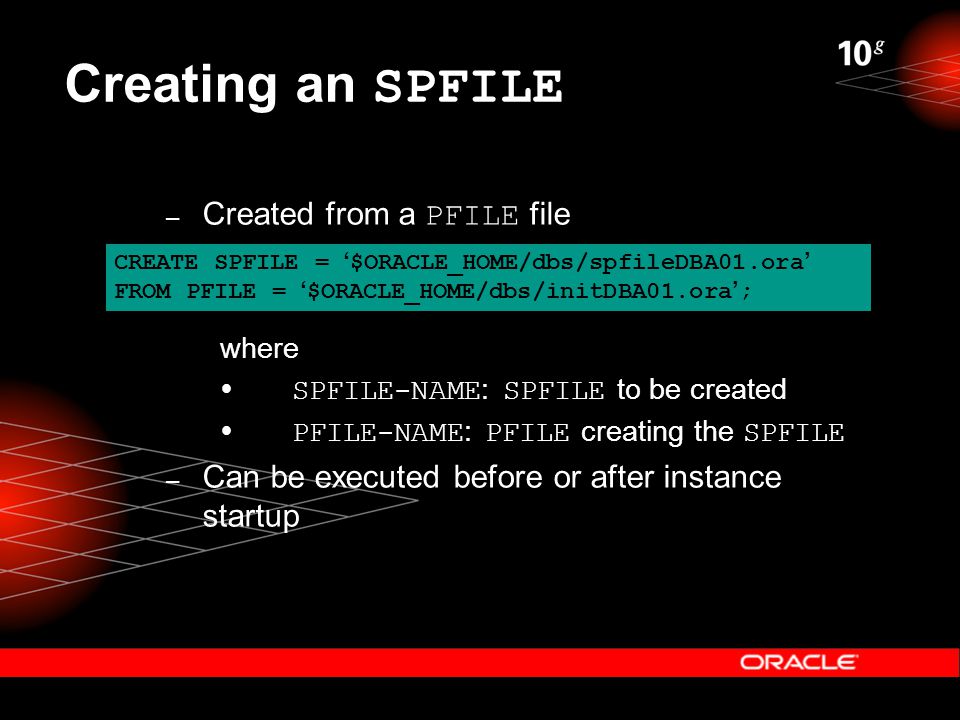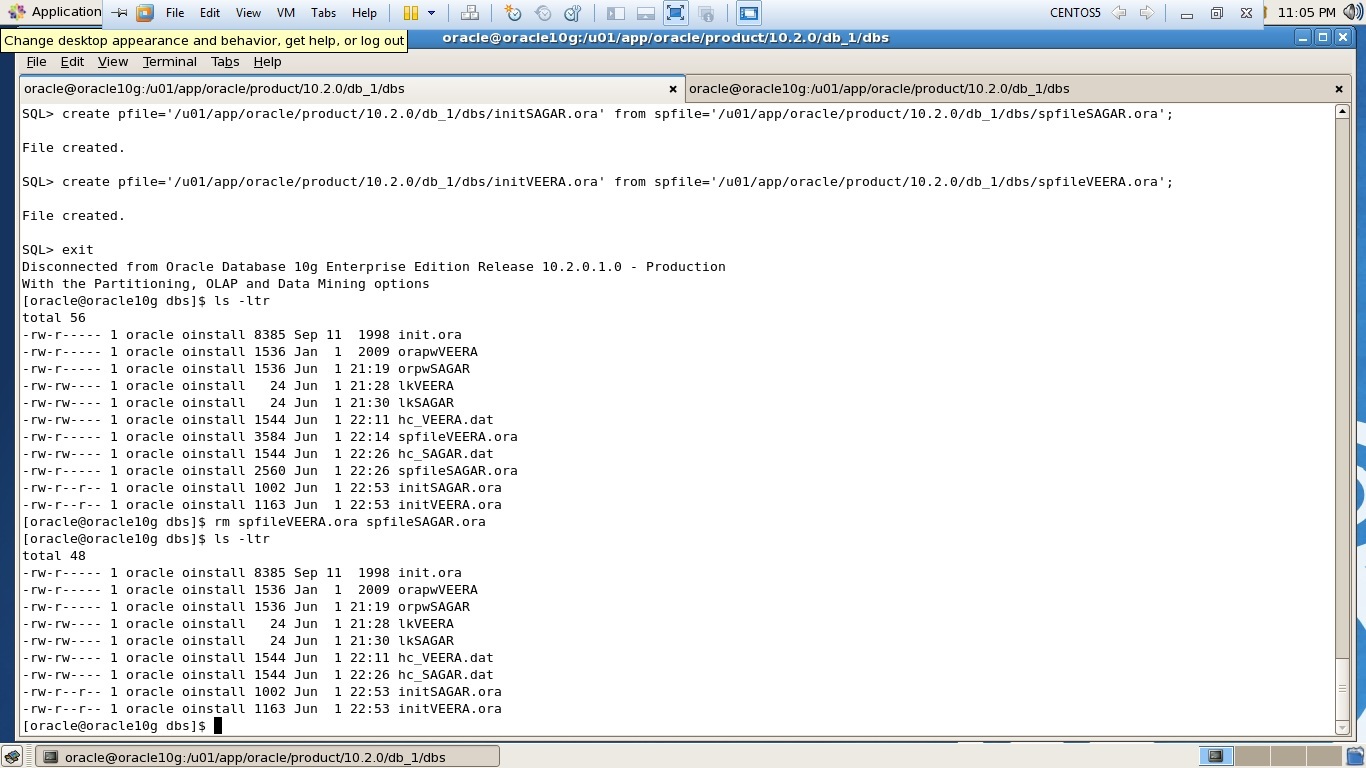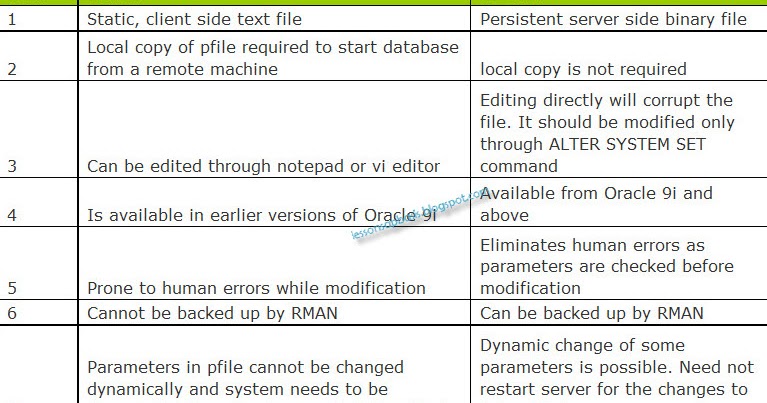Awe-Inspiring Examples Of Tips About How To Start Database With Pfile

The first way is to copy your current pfile to %oracle_home%\database\ and rename the file into.
How to start database with pfile. Create spfile on asm from existing pfile. Now edit the pfile in notepad to make the changes need to allow oracle to start. Prepare to run srvctl as described in preparing to run srvctl.
Sql> startup pfile=d:\ora901\database\inittest.ora oracle instance started. Specify the name of the text parameter file you want to create. If you want to start database with pfile, you need to shutdown database at first and startup database with pfile.
If you want to start database from different location you can give location of pfile in startup command also startup pfile=’location’ check the database started with pfile or spfile:. Sql> create pfile='c:\ora\pfile\init.ora' file created. Startup if the spfile does not exist at the.
Startup pfile=testparm nomount to shutdown a particular database, immediately restart and open it, allow access only to users with the restricted session privilege, and use the. Sql> create pfile='c:\responsefiles\oraclesetup\win\pfileoxxbg.ora' from spfile; Starting the database with pfile/spfile as discussed earlier, by default oracle starts looking for the spfile in the default location.
You can start your database in nomount mode without parameter file, control file and datafile. Start only one instance using existing pfile in nomount state. Finally, start the database using the pfile you just edited:.
To startup a database without specifying anything, you have 2 options. Spfile was introduced starting from oracle 9i, untill that time text based pfile was used to store database initialization parameters. Shut down the database cluster.



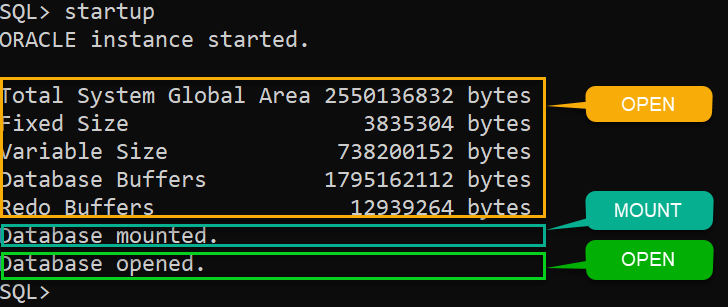







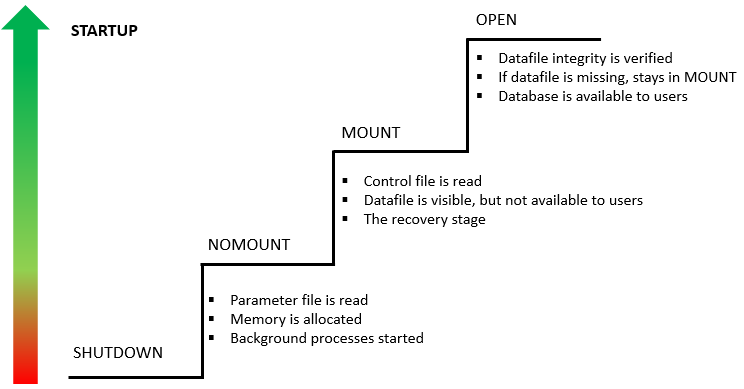

.png)


